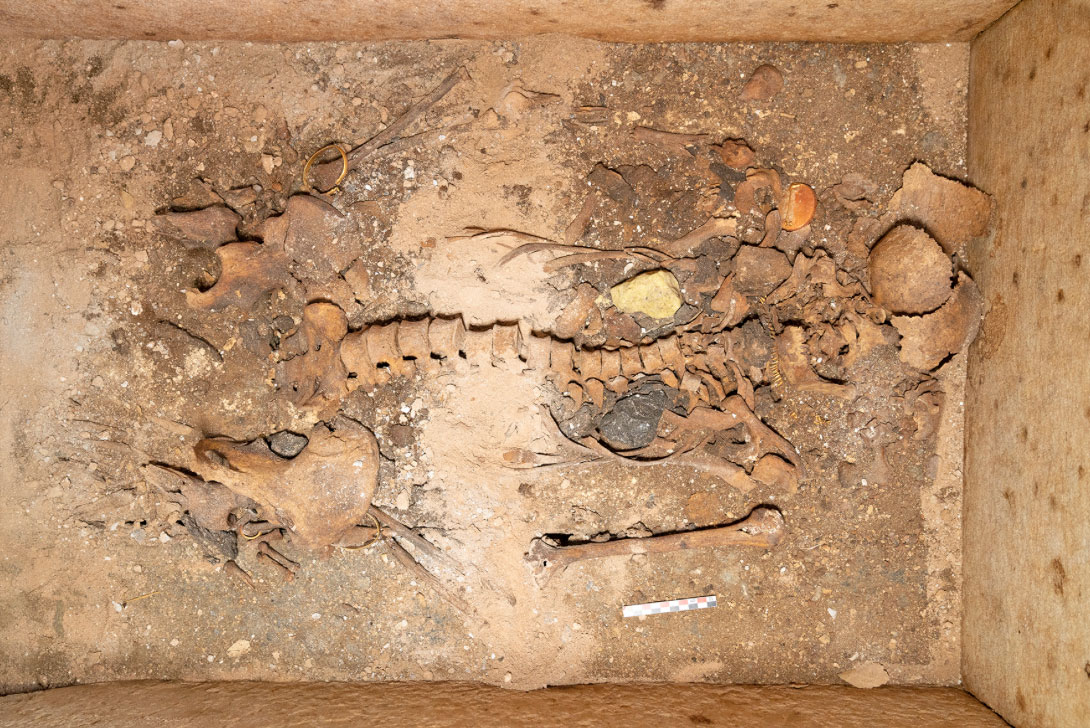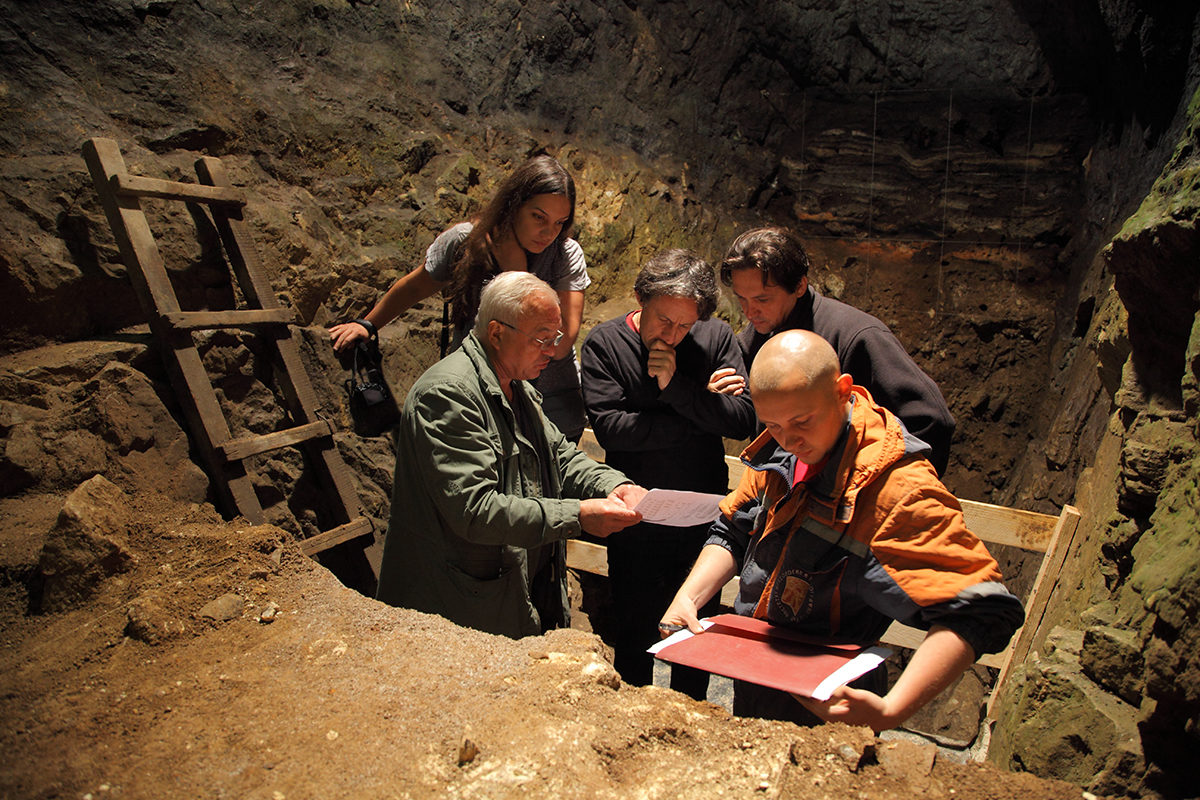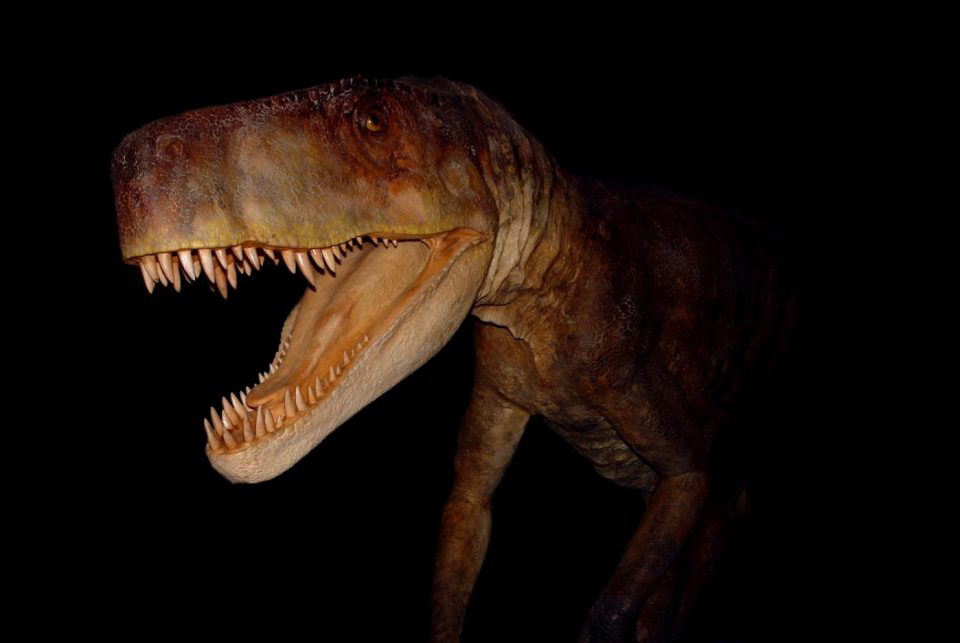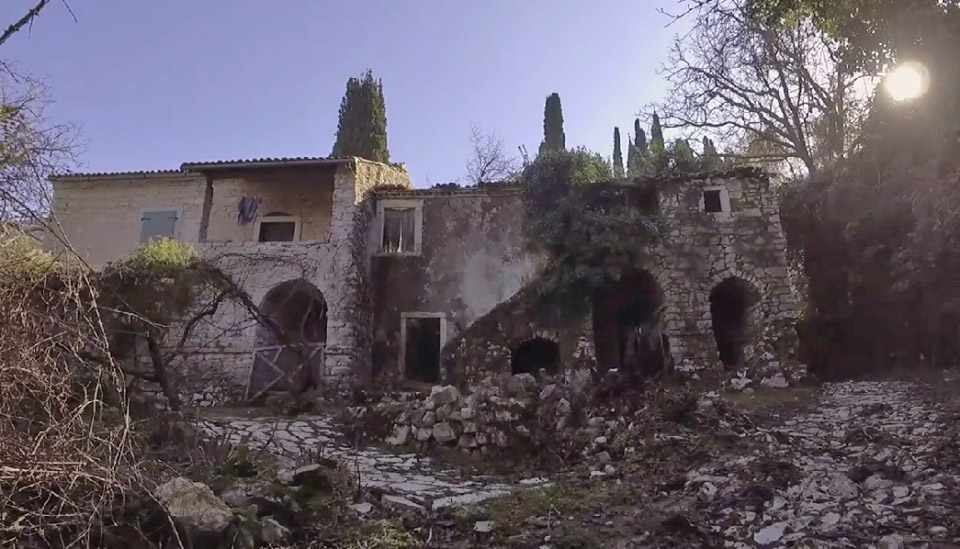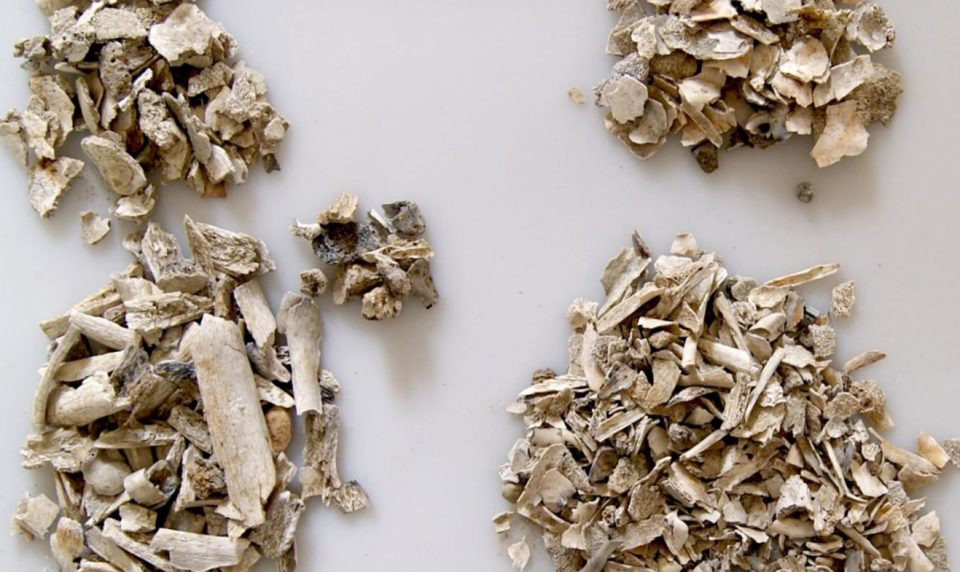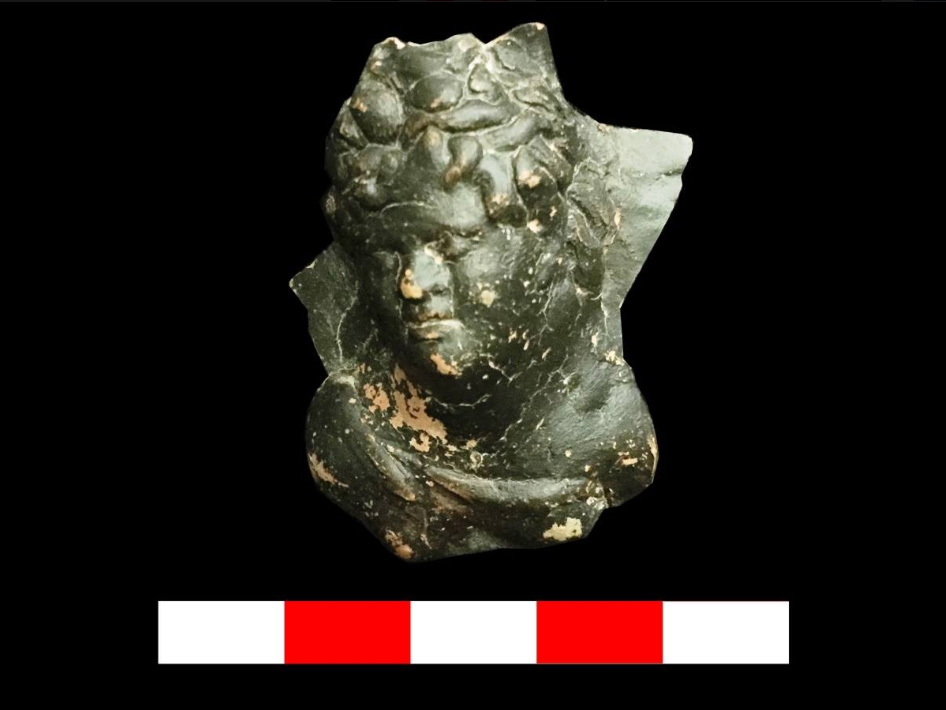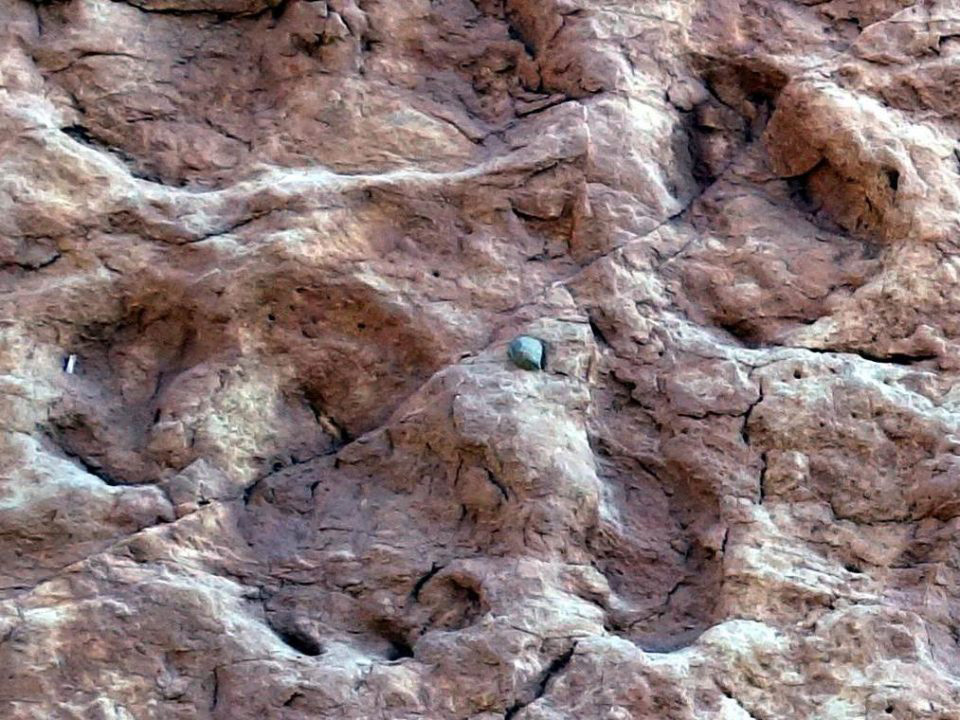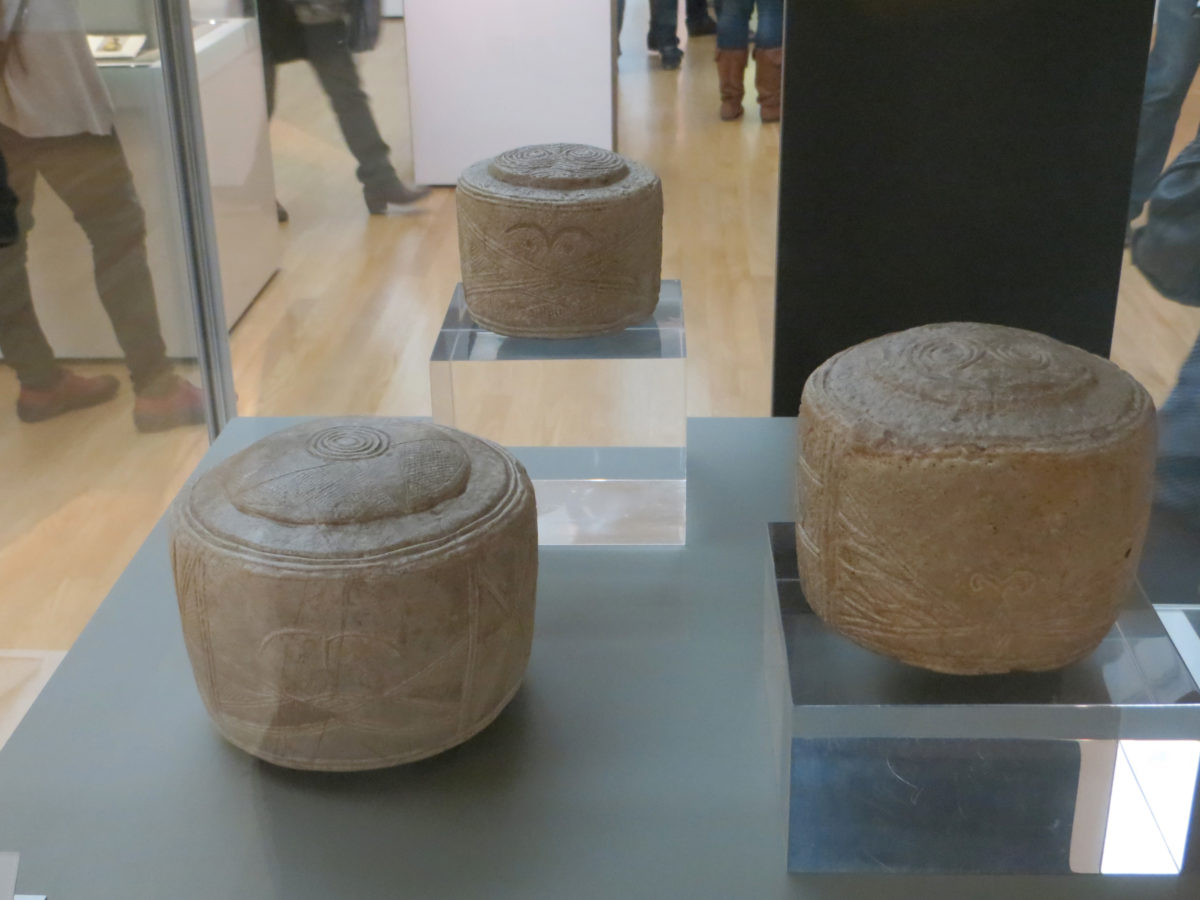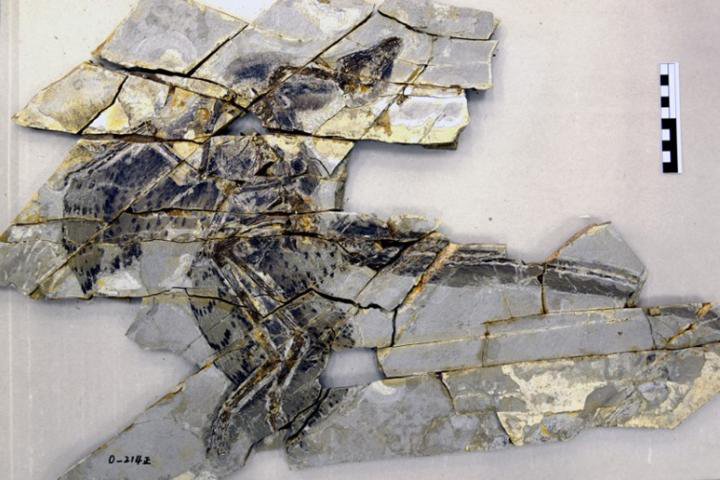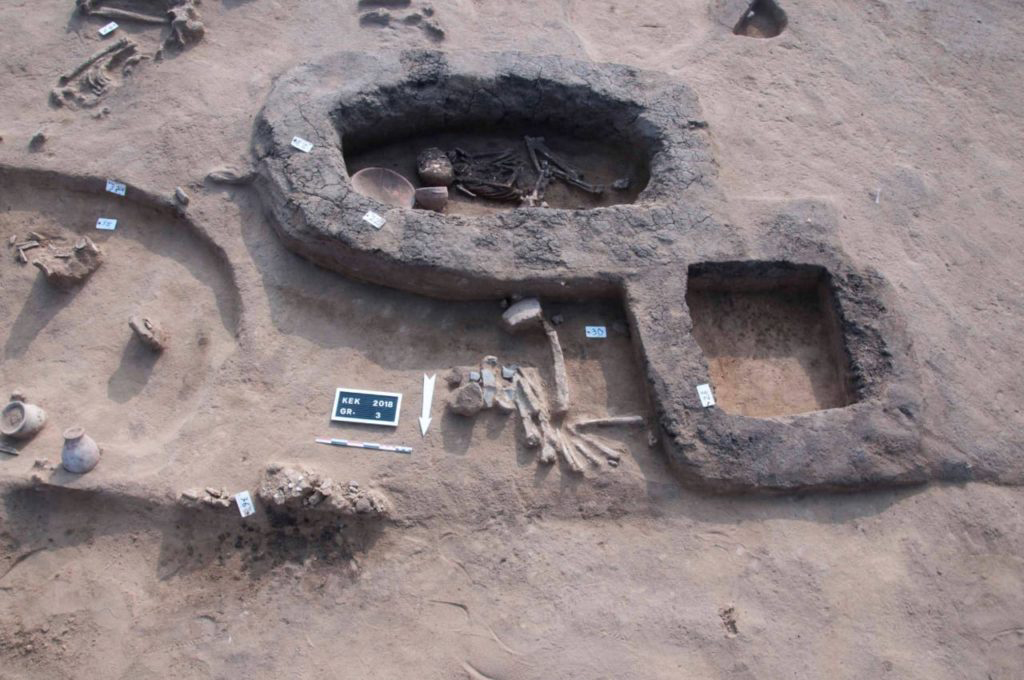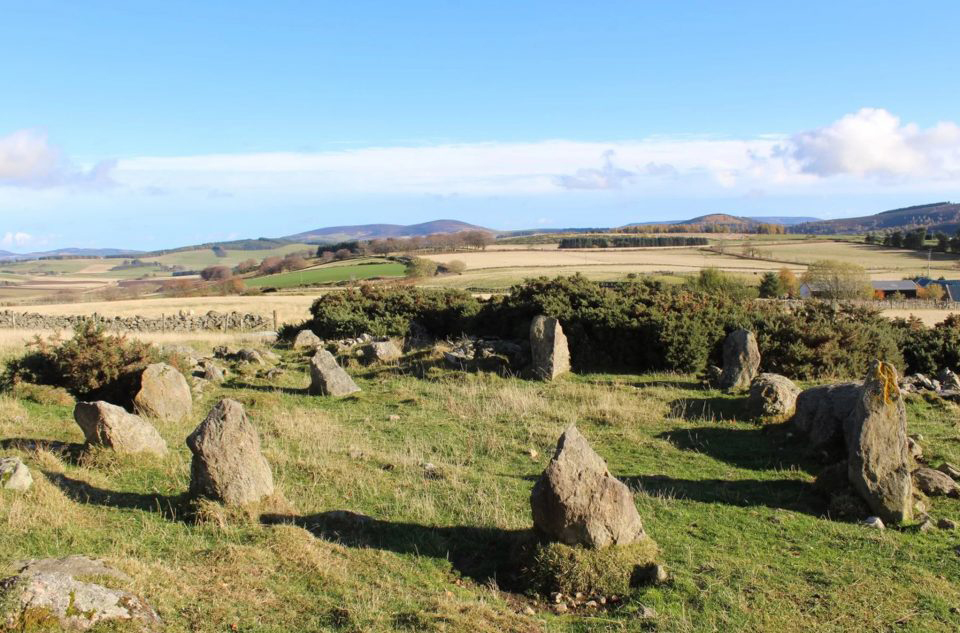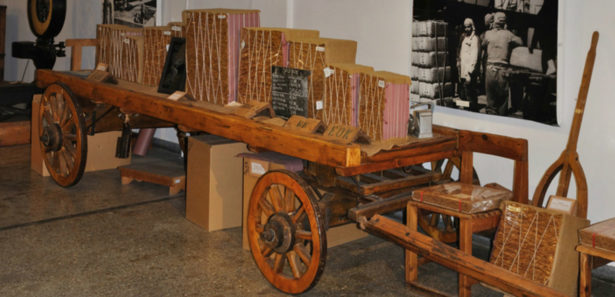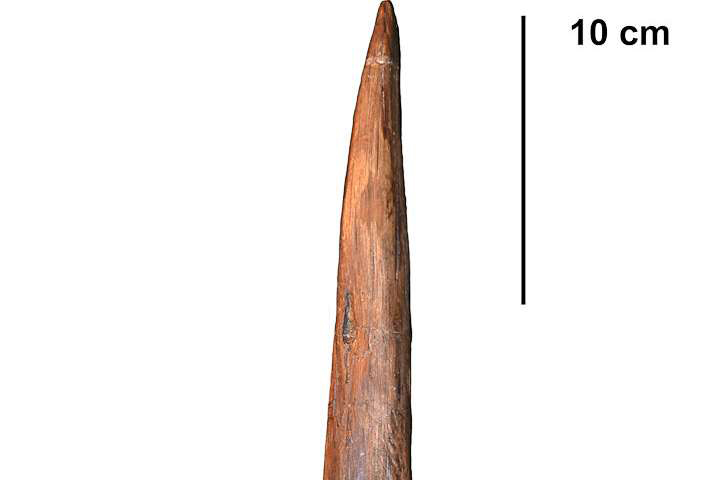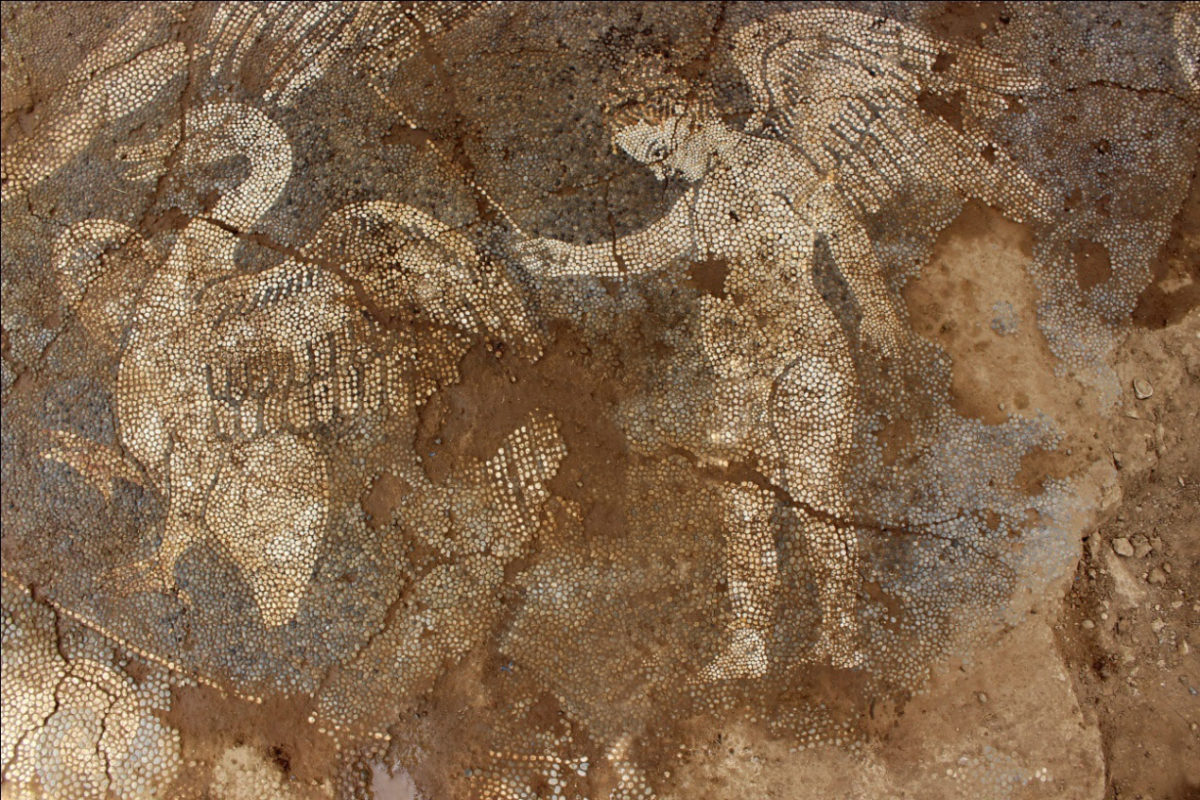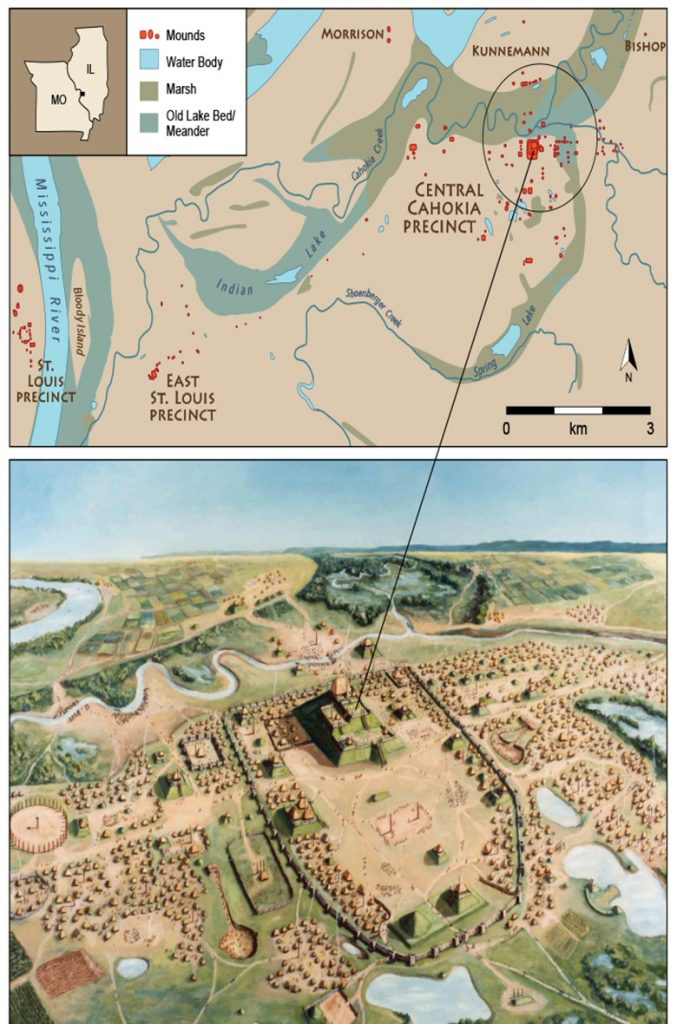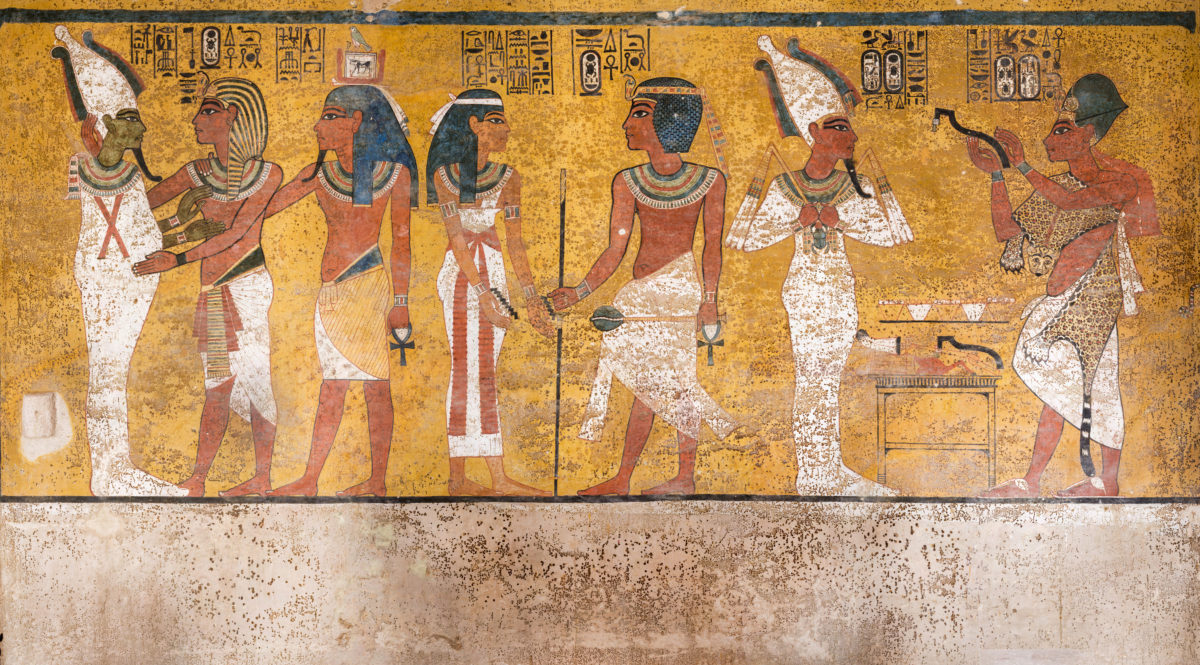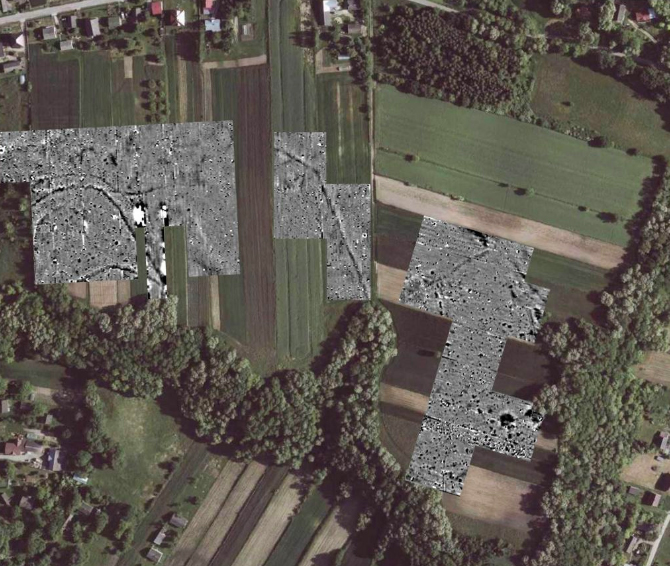Archaeology encounters modern culture
Among the exceptional archaeological finds was the burial of the prominent woman at Episkopi on Sikinos about which new important data was supplied.
New studies reveal deep history of Denisovans and Neanderthals in southern Siberia
Oxford University scientists have played a key role in new research identifying the earliest evidence of some of the first known humans – Denisovans and Neanderthals, in Southern Siberia.
The 210-million-year-old Smok was crushing bones like a hyena
Coprolites, or fossil droppings, of the dinosaur-like archosaur Smok wawelski contain lots of chewed-up bone fragments.
The thief who walked out of an exhibition with a painting is arrested
The person who removed a painting from an art gallery and walked away amid stunned visitors has been arrested.
Tremithos Neolithic Survey
The pedestrian survey focused on the area along the coast east and west of the Tremithos River Delta and north of the Kiti Dam to the Larnaca-Limassol Highway.
Corfu: On the ‟tracks” of past times
Stone mansions in ruins, narrow cobbled streets, half ruined churches with silent belfries make up the landscape of Palia Perithia.
Van Gogh’s ‟Sunflowers” will not travel abroad again
In the past, the painting was loaned to other museums only in exceptional cases.
Sexing ancient cremated human remains is possible through skeletal measurements
Ancient cremated human remains, despite being deformed, still retain sexually diagnostic physical features.
Roman-Era winery storage rooms unearthed at Tel Kom al Trogy
The archaeological mission of the Supreme Council of Antiquities
working at Tel Kom al Trogy in Al-Bihera Governorate brought to light the third section of a winery with its storage cells.
Humans colonized diverse environments in Southeast Asia and Oceania during the Pleistocene
New review compares the regional adaptations of humans and those of other hominin species to add support to the argument that our species is ecologically unique.
Long-necked dinosaurs rotated their forefeet to the side
Long-necked dinosaurs (sauropods) could orient their forefeet both forward and sideways.
Folkton Drums – measuring devices for Stonehenge?
Collaborative research by UCL and the University of Manchester has shown that the Folkton Drums could have been used in the construction of monuments such as Stonehenge.
Study shows flight limitations of earliest feathered dinosaurs
Anchiornis, one of the earliest feathered dinosaurs ever discovered, was found to have the ability to fly. However, could it fly like birds today?
Egyptian archaeologists discover 5000-year-old burials
An archaeological mission working in Kom el Khelgan has discovered a number of tombs of the Hyksos era and 20 burials from the Naqada III period.
Aberdeenshire stone circle initially thought to be thousands of years old identified as modern replica
What was thought to be a newly-identified stone circle, thousands of years old, has turned out to be a replica just a couple of decades old, following further research.
The Municipal Tobacco Museum of Kavala; a guardian of history and memories
The thousands of visits to the Municipal Museum of Tobacco all the year round reveal it as being unique.
M. Zorba: “H. Fischer’s statement shows a narrow-minded, cynical management concept”
'It is regrettable to hear this by the director of the British Museum, a well-known art historian', Mrs. Myrsini Zorba pointed out.
Neanderthal hunting spears could kill at a distance
Study examined the performance of replicas of the 300,000 year old Schöningen spears—the oldest weapons reported in archaeological records—to identify whether javelin throwers could use them to hit a target at distance.
George Zongolopoulos: The Vision of Public Sculpture
the Stavros Niarchos Foundation Cultural Center is organizing the first exhibition exclusively dedicated to public sculptures, installed in Greece and other countries, by this iconic artist.
The cupids of Amvrakia go to the National Theatre
Being presented is one of the most important finds brought to light last year by a Greek excavation.
‘Revealing Greater Cahokia’
A new book, “Revealing Greater Cahokia, North America’s First Native City,” offers the most complete picture yet of a decade of archaeological research on a little-known part of the larger city and its precincts in East St. Louis.
Conservation of Tutankhamun’s Tomb completed
The Getty Conservation Institute and Egyptian authorities carried out the most thorough study and conservation of the tomb since its discovery by Howard Carter in 1922.
Prehistoric defensive settlements were more common than expected
Previously unknown defensive settlements were identified by analysing satellite images.
New explanation for Alexander the Great’s death
It may have happened more than 2,300 years ago, but the mystery of Alexander the Great's death could finally be solved, thanks to a University of Otago, New Zealand, academic.
